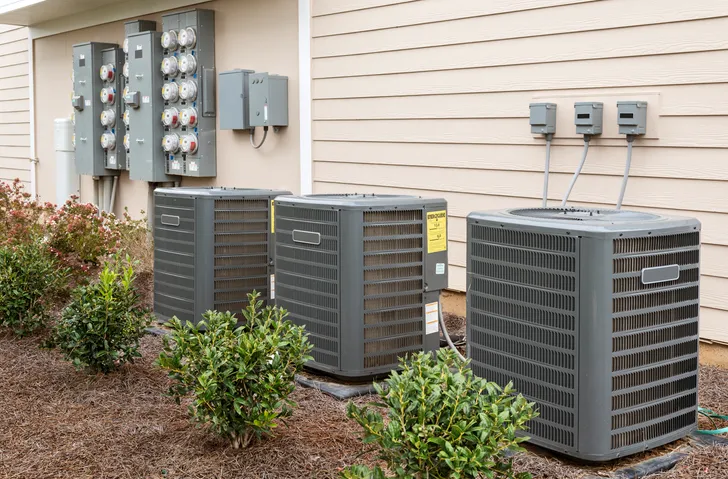Keeping your heating and cooling system running reliably is essential for comfort and safety in Glencoe, OK. With hot, humid summers and cold winters that can drop quickly, a failing HVAC system disrupts daily life and can lead to higher energy bills, poor indoor air quality, or safety risks. This page explains the most common HVAC faults in Glencoe homes, how professional diagnostics work, what typical repairs involve, emergency repair options, realistic timelines, and practical steps you should take when a system fails.
Common HVAC system faults in Glencoe, OK
Homeowners in Glencoe see a consistent set of issues driven by regional weather, seasonal use, and system age:
- No cooling or weak airflow — often due to a failed capacitor, bad blower motor, clogged filters, or a refrigerant leak.
- System short-cycling — frequent on/off cycles caused by incorrect refrigerant charge, a failing compressor, or thermostat issues.
- Uneven heating or cooling — duct leaks, blocked vents, or failing zone controls in older homes.
- Furnace ignition or pilot problems — common in colder months; can be caused by faulty ignition controls, thermocouples, or clogged burners.
- Strange noises or vibrations — worn bearings, loose components, or failing motors.
- High energy bills — reduced efficiency from dirty coils, failing components, or aging equipment.
- Frequent thermostat errors — wiring problems, sensor failure, or settings errors.
- Indoor air quality complaints — excess dust, odors, or humidity-related mold growth from poor filtration or draining issues.

Diagnostic approach — what a professional technician does
A reliable repair begins with a structured diagnosis to identify root causes, not just symptoms:
- Visual inspection of both indoor and outdoor units for obvious damage, debris, or rodent nests.
- System controls and thermostat review to verify settings and wiring.
- Electrical checks including voltages, current draw, and capacitor condition for motors and compressors.
- Airflow and duct assessment to measure return and supply effectiveness, and to detect obstructions or leaks.
- Refrigerant evaluation to look for pressure anomalies or signs of leaks (oil stains, dye tracing).
- Heat exchange and combustion checks on furnaces to ensure safe operation and prevent carbon monoxide risks.
- Documented findings and clear repair plan so you understand what’s needed and why.
This method reduces repeat visits by addressing underlying failures instead of temporary fixes.
Parts, labor, and repair explanations
Common replacement parts and labor considerations explained simply:
- Capacitors and contactors: Quick replacements that restore compressor and fan function. Labor is straightforward because these are accessible components.
- Blower motors and belts: Restore airflow; complexity depends on furnace or air handler design and accessibility.
- Compressors and refrigerant components: Major repairs that require evacuation, refrigerant handling, and sometimes replacement of the entire outdoor condensing unit.
- Heat exchangers and ignition systems: Safety-critical furnace repairs performed carefully with combustion analysis.
- Thermostats and control boards: Often quick swaps but may require calibration or programming after installation.
- Ductwork repairs: Can range from sealing and insulation to partial replacement depending on damage and home layout.
Technician labor includes diagnosis, removal and replacement of parts, cleanup, system testing, and documentation of results. Equipment age, accessibility, and the need for specialty parts influence repair complexity.
Emergency repair options and what to expect
During extreme heat or cold, rapid response matters. Emergency repair services typically include:
- Triage over the phone to identify immediate safety issues (gas smell, electrical smoke).
- On-site assessment and temporary measures such as bypassing failed components or installing temporary heaters/cooling where safe.
- Parts assessment — technicians carry common items and can often complete small repairs immediately; less-common parts may require ordering.
- Safety shutdown and remediation for hazardous conditions (gas leaks, carbon monoxide risks, or electrical hazards).
Expect clear communication about whether a temporary repair is safe or whether a full replacement is recommended for long-term reliability.
Typical repair timelines and cost factors
Repair timelines vary by problem severity and parts availability:
- Minor repairs (capacitors, thermostats, filters, belts) are often completed within a few hours the same day.
- Moderate repairs (blower motors, ignition controls, duct sealing) typically take several hours to a day depending on parts.
- Major repairs (compressor or condenser replacements, heat exchanger replacement) may require parts ordering and can extend to one or more days.
Rather than fixed prices, repair costs depend on multiple factors:
- System age and model
- Part availability and lead times
- Labor complexity and accessibility of equipment (attics, crawlspaces, rooftops)
- Type of system (split system, heat pump, packaged unit, furnace)
- Required safety or environmental handling (refrigerant recovery, high-voltage systems)
Steps to take during a system failure in Glencoe homes
Follow these practical steps to protect your family and reduce further damage:
- Check basic items first: thermostat settings, circuit breakers, and the air filter.
- Inspect outdoor unit: clear debris, tall grass, or nests; ensure power is on.
- If you smell gas or see smoke: evacuate, avoid using switches, and contact emergency services — do not attempt DIY fixes.
- If odors or carbon monoxide are suspected: ventilate the home and use detectors to confirm levels.
- Reduce strain on the system: raise/lower thermostat slightly, use fans or portable heaters as temporary relief.
- Document symptoms: times, noises, and any recent changes — this helps the technician diagnose faster.
Why timely HVAC repair matters in Glencoe
Addressing problems quickly protects your comfort, safety, and wallet. Timely repairs maintain system efficiency through Oklahoma’s extreme heat and cold, reduce the risk of mold and humidity damage during humid months, and prevent catastrophic failures that require full system replacement in the middle of a heat wave or cold snap.
Maintenance tips to reduce future repairs
Simple seasonal care extends equipment life:
- Change or clean filters regularly.
- Schedule annual tune-ups for cooling (spring) and heating (fall).
- Keep the outdoor unit clear and level, and trim plants back several feet.
- Seal and insulate ductwork where accessible.
- Install or maintain carbon monoxide detectors and ensure proper venting for combustion appliances.
Regular maintenance cuts energy waste and reduces emergency repair needs while keeping indoor air quality healthier for family members with allergies — a common concern in Glencoe.
Prompt, professional HVAC repair restores comfort and safety quickly. A thorough diagnosis, clear explanation of needed work, and attention to local climate impacts will help you make the best decision for your Glencoe home.
Immediate, Reliable HVAC Repair in Glencoe, OK
Don't wait for discomfort to grow—Sitton Mechanical, LLC delivers fast, honest HVAC repair in Glencoe, OK you can depend on. Our certified team responds quickly, diagnoses accurately, and repairs efficiently to restore your comfort. Whether it’s your AC or heating system, we’ve got you covered. Schedule or Request Estimate today.










